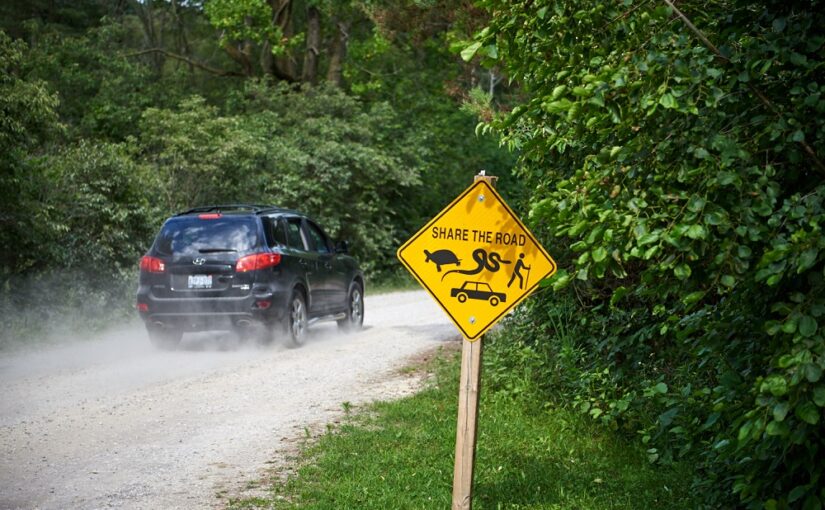Did you know park roads are just as official as the roads in your neighbourhood?
It’s true. The Highway Traffic Act is enforced by wardens in our parks. If you speed, forget your seatbelt, or commit other infractions, your actions could result in a fine, a license suspension, or worse: a tragedy.
Here are four critical road rules to remember when visiting parks:
1. Seatbelts are still a must
No matter how short your car ride is within a park, please buckle up. It’s the law.
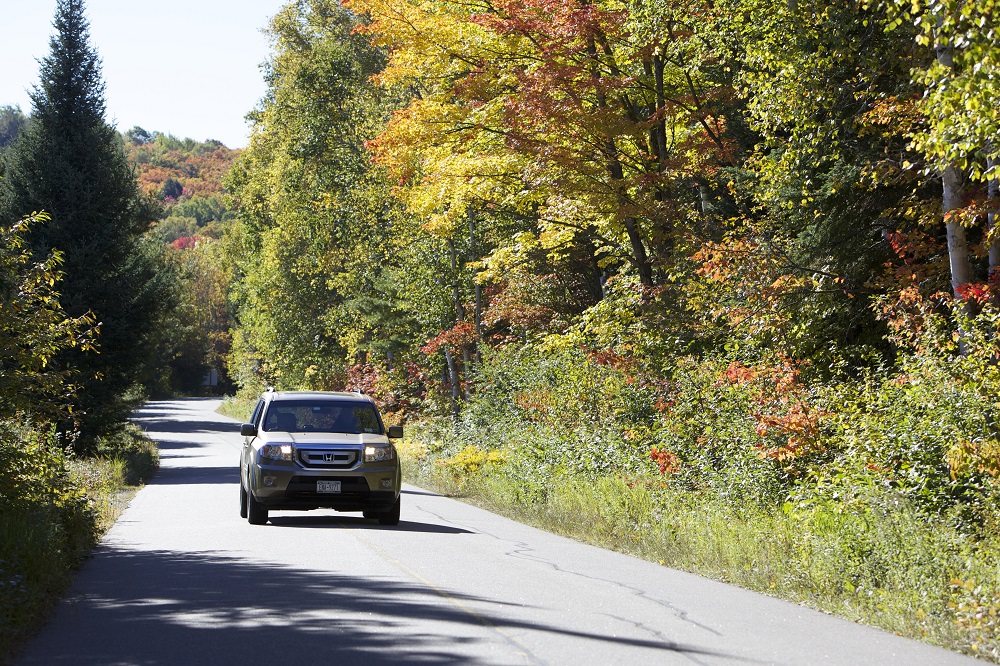
A seatbelt is the best defense against distracted, aggressive, or impaired drivers.
It may feel impossible that you’ll get in an accident within a park…but it’s happened.
Seatbelts have saved lives in our parks.
2. Truck beds are not safe seating
Speaking of seatbelts, we’ll say it again: every person in your vehicle must be secured in a proper seat with a buckle.
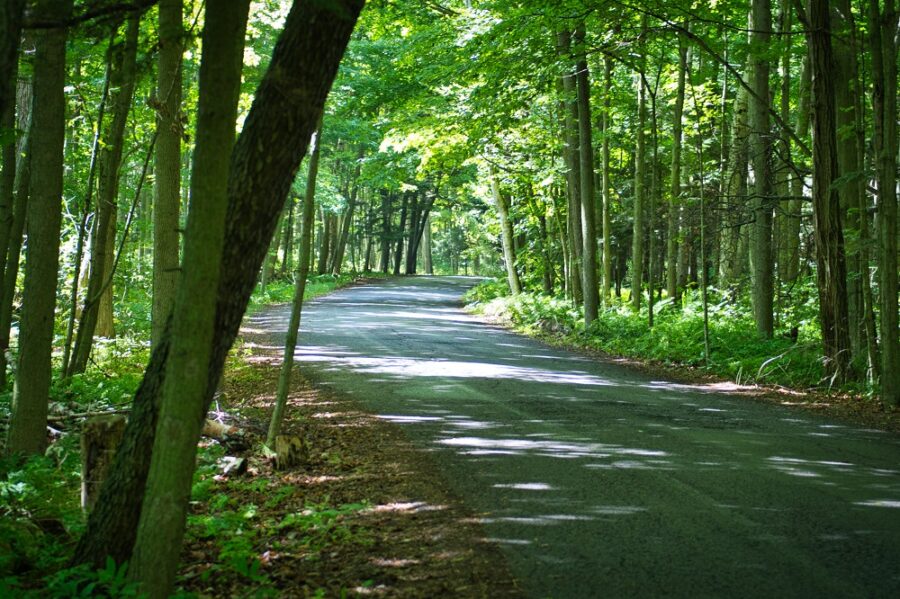
Truck beds, bumpers, and other people’s laps are not adequate for transportation. This behaviour is not allowed, and puts passengers (often children) in serious danger.
3. Park signage is not optional
Speed limit signs, one-way signs, stop signs — none of these are suggestions.
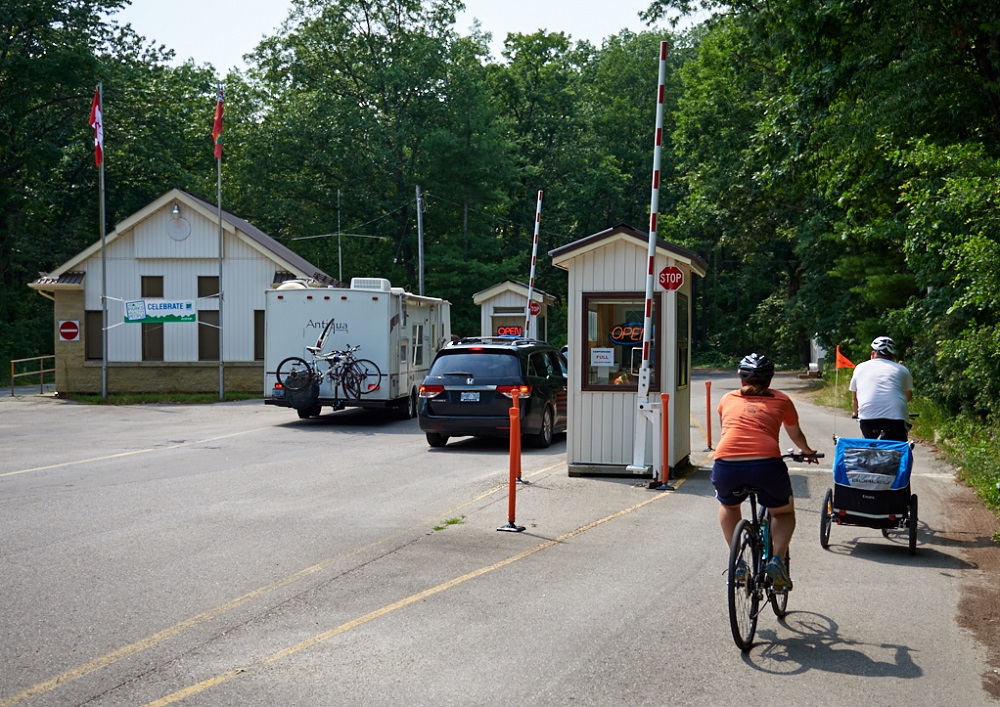
It’s common sense, and it’s the law. Please obey all posted signage.
4. Slow down, and drive with care
Our roads are multi-use. You may find folks on bicycles, walking, and jogging.
Children may be playing on campsites or emerging from trailheads as you drive by. They’re visiting a new environment, with lots of interesting distractions.
Tragedies can happen when drivers speed or don’t keep their eyes on the road.
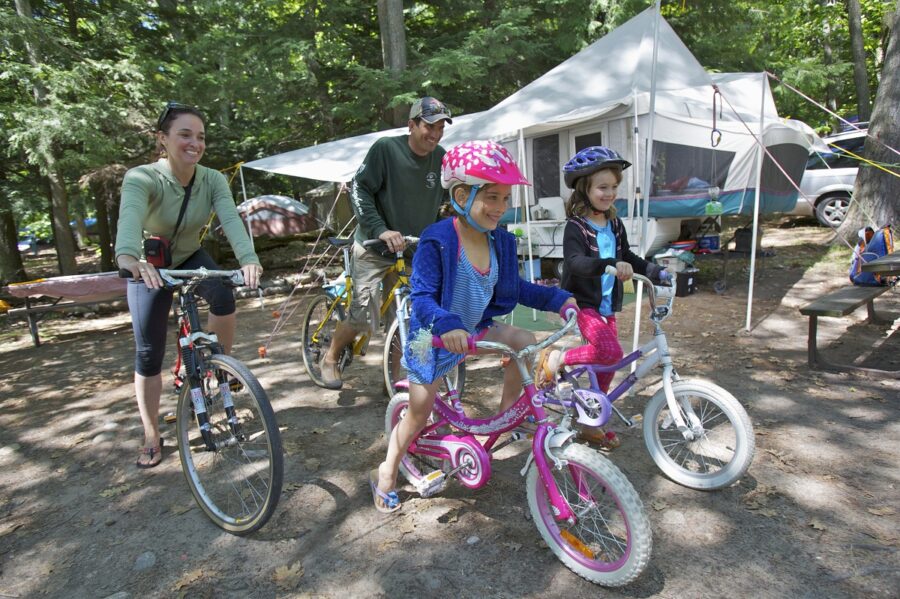
Twists, turns, and possible narrow roads makes these road-users less visible. That’s why our speed limits are lower within parks.
And it’s not just humans at risk.
Speeding in parks increases road mortality for our wildlife, and can have devastating consequences for species at risk.
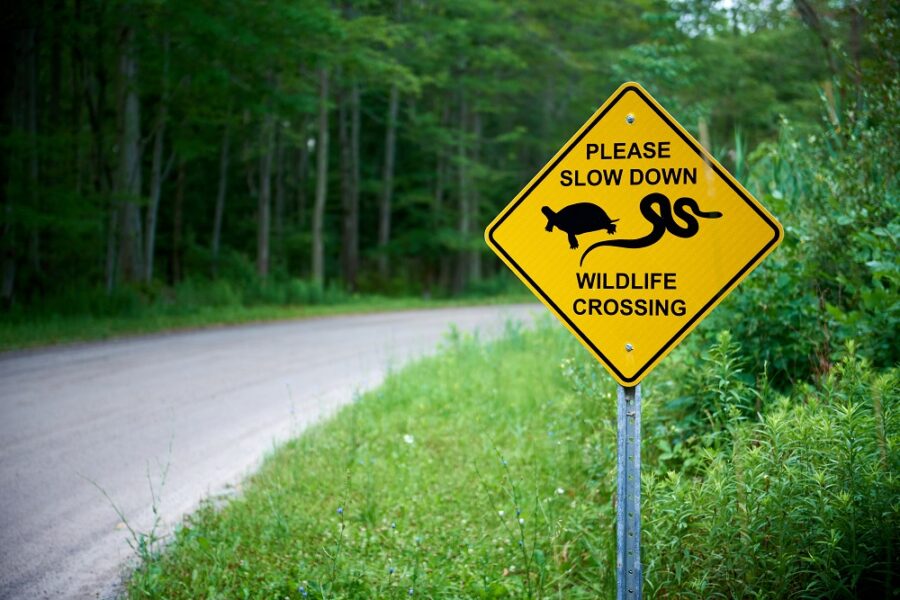
Please do not pass other drivers or make any risky maneuvers. Saving a few seconds of driving time is not worth risking the lives of other visitors or wildlife.
Bonus: practice the “park once” principle
Cars and trucks contribute to air pollution. They put stress on park infrastructure, can be a safety risk to other park uses, and impose a significant impact upon animal populations through road mortality.
Consider only “parking once.” After you arrive at your campsite, park your vehicle and leave it off for the duration of your stay.
Use other modes of transportation to get around. You can hike, jog, or bike around the park. Extra “green” points for this one!
Ready to hit the road?
Ontario’s wildlife, our staff, and your fellow visitors thank you for being a responsible driver while in parks.
